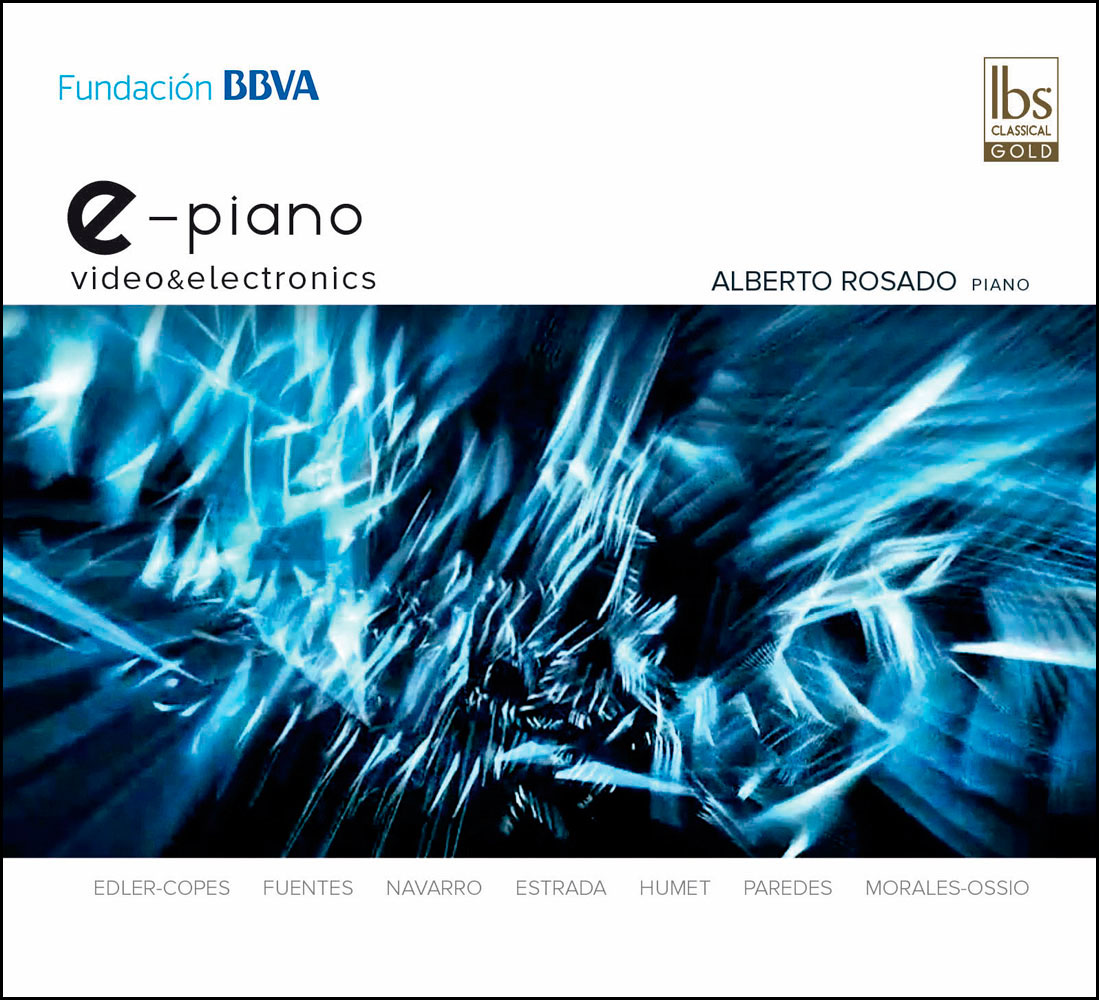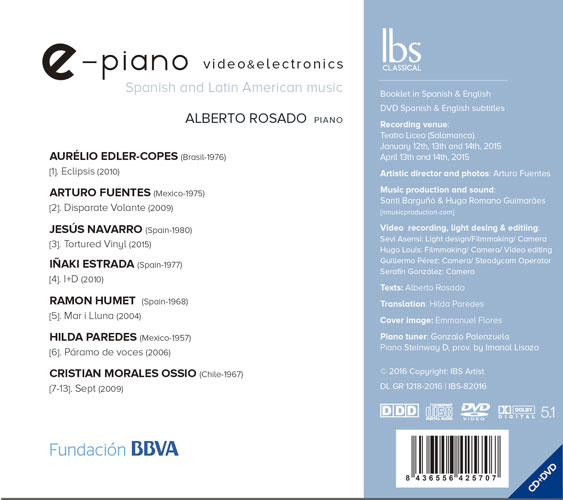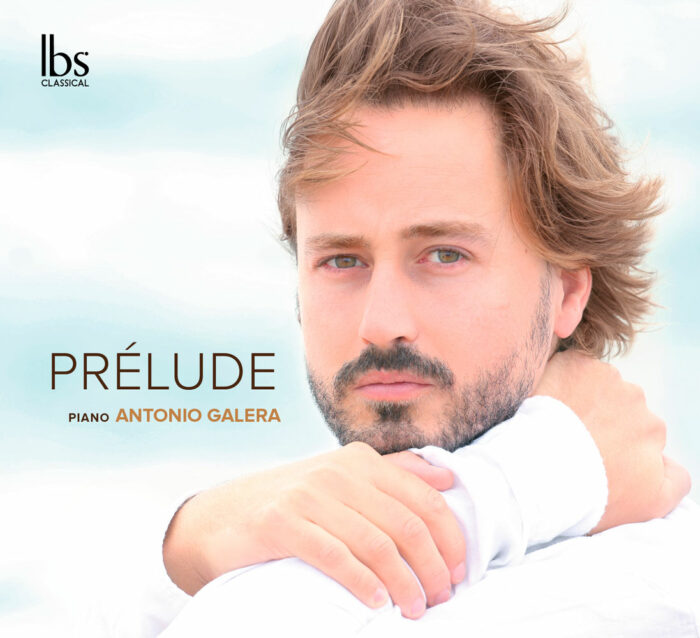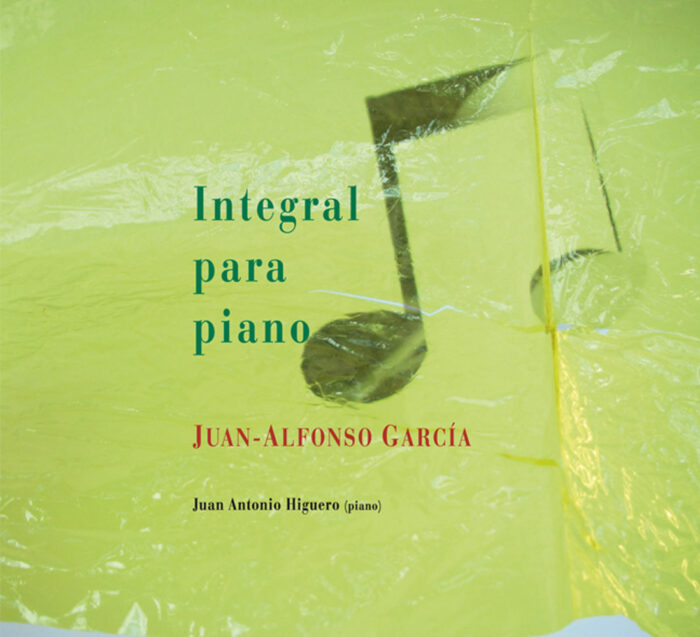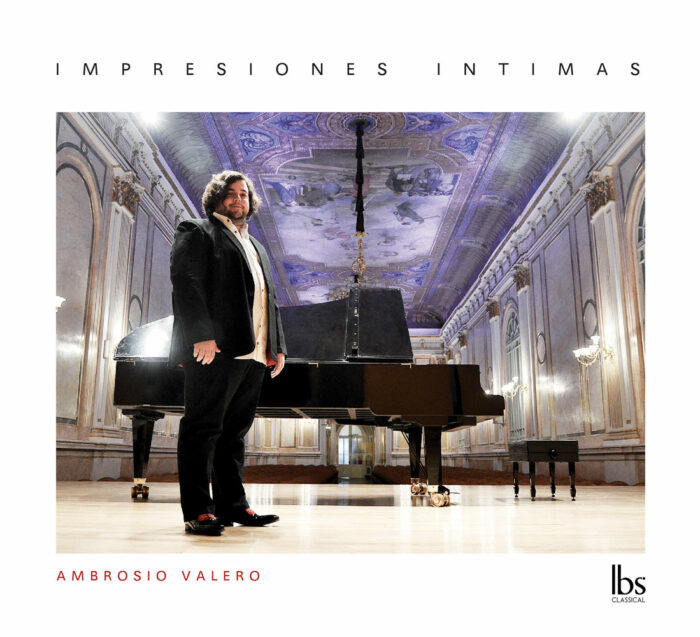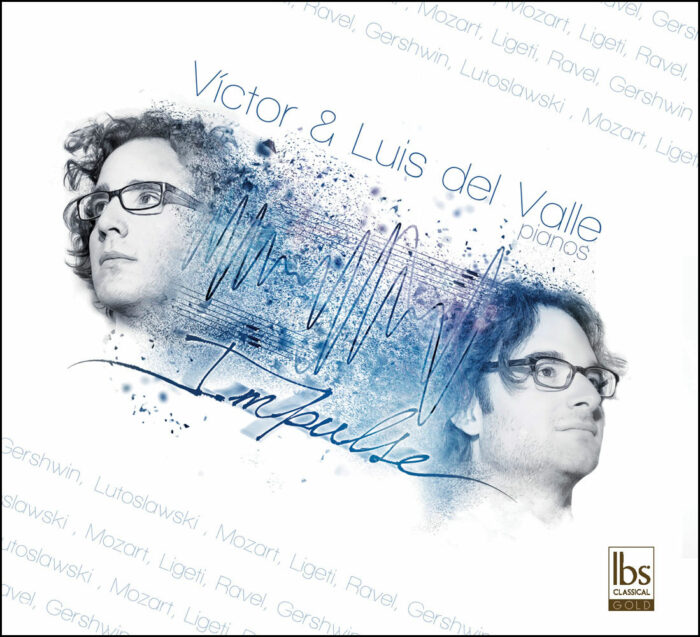e-piano
18,00€
Alberto Rosado
Piano and electronics, a window to the future.
Since I played the first work for piano and electronics Lo fijo y lo volátil (1994) by the Spaniard José Manuel López López, I verified that this combination made the piano a more flexible instrument. The electronics would amplify, transform, sustain and would make the sound more flexible whilst surrounding it. The use of electronics was like the nineteenth century orchestra in relation to the piano. In fact even the harmonics could be distorted or the resonance would come to the foreground, something only the pianists could hear given the fact that we were sitting so close to the instrument. From that moment on in 2001, I went in search of a repertoire for this combination.
18,00€
e-piano pieces
Eclipsis explores the limits of the higher and lower registers of the piano in a very different way to that of Wolfgang Rihm’s Chiffre I (1982) or the Sonata II (1983) by Salvatore Sciarrino. One note on the extreme register of the piano that insistently repeats one rhythm that Aurélio Edler-Copes rediscovers as a Samba. Disparate Volante is pure energy. In this work there is the sensation of having superimposed the pulse of several Scarlatti sonatas with an exquisite refinement in articulation and dynamics. In Tortured Vinyl, Jesús explores the inner piano using resources that have already been explored by other composers, but introducing as well the results of his own explorations, from using an inner tube of a bicycle tyre to obtain sounds through friction as if it were a bow, through using a pencil sharpener or a tuning fork to obtain a jeté or glissando on the strings, as well as to imitate the sound of a sitar. I=D by Iñaki Estrada, with whom I worked elbow to elbow from the beginning. The piece has two clearly defined sections: An introduction with a dreamlike character where the sounds are played inside the piano and some others at the keyboard. Tension is gradually generated and leads to an explosion of energy, which gives way to the second section of the piece. Ramon Humet brings a moment of rest and reflection to this project after so much energetic display. Mar i lluna written in 2004, is the oldest piece that I perform here which has got the aesthetics but not the form, that usually distinguishes Humet as a composer. Hilda Paredes in Páramo de voces is a journey into profound Mexico, to its most barren and uninhabited landscape, taken by the hand of a very elaborate piano writing, while the electronics generates and underlines a latent tension enhanced by the startling and extremely beautiful images of Graciela Iturbide. SEPT. A very personal and unique language develops in each one of these pieces. He treats the piano as an electroacoustic instrument and his very precise and detailed writing reflects a true craftsmanship of sound. Seven miniatures that, according to Cristian, describe seven psychological characters of six friends and himself in which there are very many elements in common that, as a whole create a complex universe.
Alberto Rosado
Alberto Rosado (Salamanca, 1970) has been interested in contemporary music throughout his career, but it was especially during this last decade that his activity focused on today’s music, coming into contact with many European and Latin-American composers, both as a soloist and as a member of the “Plural Ensemble”. He studied piano and chamber music with Josep Colom, Peter Nagy, Ferenc Rados, Jan Wijn and Luca Chiantore. He has played recitals in most main cities and festivals in Europe, America and Japan, and he has performed as a soloist with some of the finest European orchestras and ensembles with conductors such as Peter Eötvös, Susana Mälkki, Josep Pons, Rafael Frübeck de Burgos, Fabián Panisello, Zsolt Nagy, Arturo Tamayo, Philip Greenberg, Pedro Halffter, José Luis Temes, among others. He has recorded the complete piano music of Cristóbal Halffter and José Manuel López López for the label Verso, plus a CD with works by Messiaen, Ligeti, Takemitsu and Cage. He has also recorded three monographic CDs with Plural Ensemble, dedicated to the music of Panisello (Col Legno), Camarero (Verso) and López López (Neos), and a disc of music by Antonio José with the “Orquesta Sinfónica de Castilla y León”, for the label Naxos. In addition, he has recently recorded for Kairos the Concerto for Piano and Orchestra and the Two Movements for piano by José Manuel López with the Deutsches Symphonie Orchestre conducted by Johanes Kalitzke. He is professor of chamber music and contemporary piano, and coordinates the Contemporary Music Workshop at the Conservatory of Music in Salamanca.
